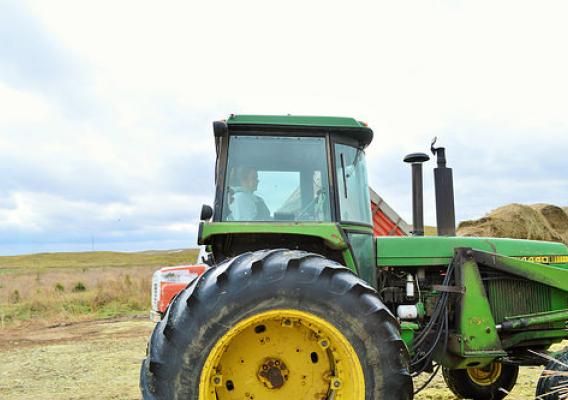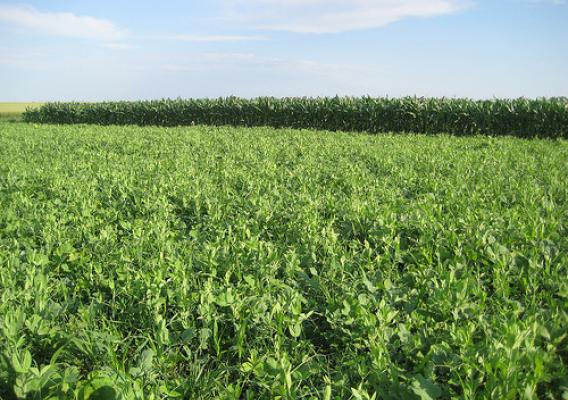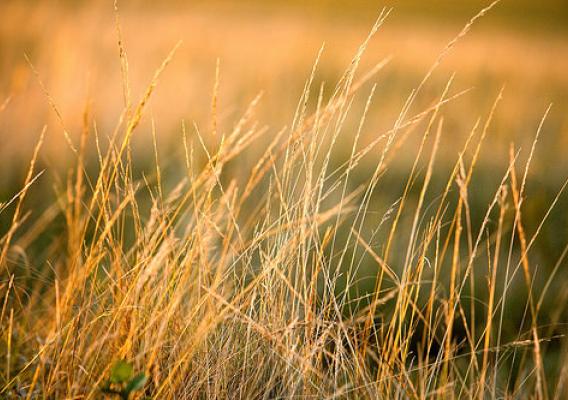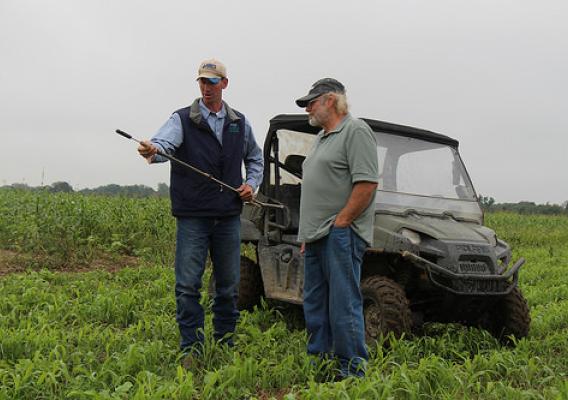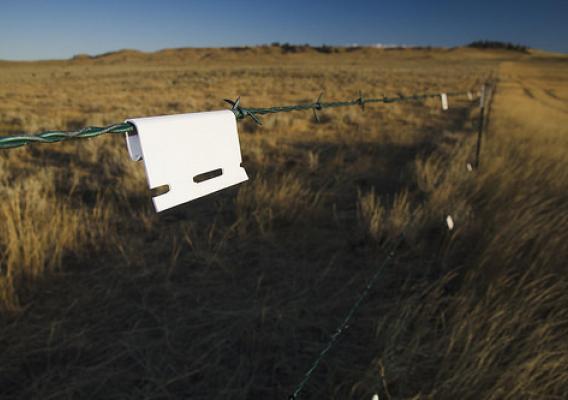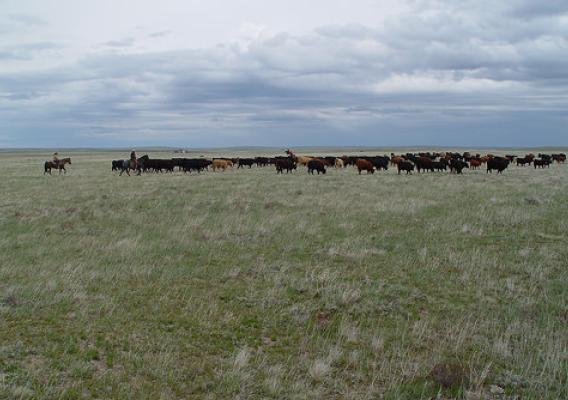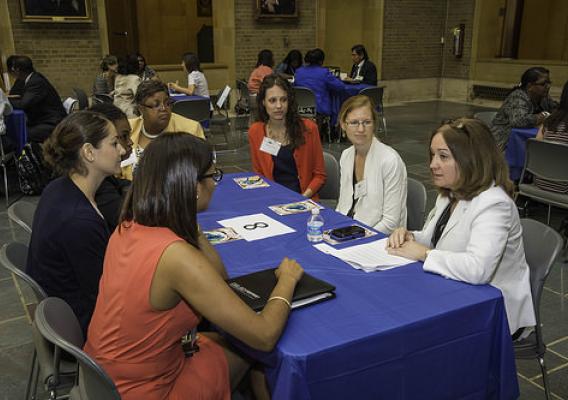NOTE: This week on the USDA Blog, we’ll feature the stories of America’s Harvest Heroes who, like farmers across the nation, are working this harvest season to secure the bounty of healthy food American agriculture is renowned for. From laying the foundation for the next generation of farmers putting down roots in rural America, supporting the fruit and vegetable growers who are helping to build healthier communities, bolstering new markets for the products of agricultural innovation, to harvesting renewable energy that is made in Rural America, with USDA’s support our farmers are yielding strong results for every American.
Farming and ranching in central North Dakota is a family affair for the Zieschs. Shelly and Robin Ziesch have three daughters who are all involved in agriculture, from ranching on their own to agriculture education to helping out on the family farm. These soon-to-be grandparents take great pride in their oldest daughter, Bailie, a nurse who also ranches with her husband Russell just south of Mandan, ND. Their middle daughter, Cassidy, attends North Dakota State University and is studying to be an agriculture teacher. She comes home often (whenever there isn’t a home football game) to help out. Their youngest daughter, Morgan, is a junior in high school and between her many sports and activities helps out on the ranch.
Both Shelly (SZ) and Morgan (MZ) share their insights into what it means to be a woman in agriculture and how each of them thinks about the future of their family operation.

